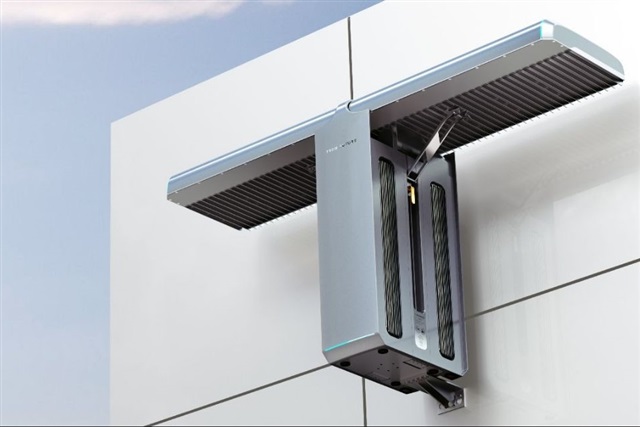As global geopolitical tensions mount, artificial intelligence (AI) and high-speed communications are rapidly transforming the nature of warfare. The traditional hardware-driven arms race is giving way to a new paradigm—one defined by software-centric systems and integrated multi-domain operations. For Taiwan's ICT sector, this shift opens new strategic opportunities, with firms like Tron Future stepping up to meet growing defense and satellite demands with AI-driven system integration solutions.
At the upcoming Taipei Aerospace & Defense Technology Exhibition (TADTE) in September, several Taiwanese companies will unveil their latest advances in defense technology. Among them, Tron Future will highlight its "System-of-Systems" approach, showcasing how its AI and communications technologies can connect land, sea, air, space, and electromagnetic domains to generate a unified operational picture—advancing toward a strategy of multi-domain deterrence.
Industry experts note that modern warfare is no longer about individual weapon superiority, but rather the confrontation of entire systems. System warfare involves linking kill chains into a decentralized, adaptive "kill web" through AI and mesh networking—enabling rapid target identification, decision-making, engagement, and assessment across domains. The concept aligns with US military efforts under Joint All-Domain Command and Control (JADC2), as well as similar strategic developments within China's Systematic Combat Unit, reflecting a broader global trend in military modernization.
Crucial role of satellites
Satellites serve as critical nodes in this new architecture, providing both intelligence, surveillance, and reconnaissance (ISR), and resilient communications. While Taiwan's space industry has traditionally focused on ground station hardware, Tron Future is moving further up the value chain—developing AI-integrated systems and applications.
Among its key exhibits is the HRWS T.SAR Space system, a satellite synthetic aperture radar (SAR) designed for low-Earth orbit missions. Equipped with active electronically scanned array (AESA) antennas and onboard AI analytics, the satellite can quickly detect anomalies on the ground, shortening the time from observation to action.
Tron Future spokesperson Misha Lu noted that SAR satellites are particularly useful in gray-zone warfare. When vessels shut down AIS signals or jam GPS to evade detection, SAR systems can still monitor their activities. With AI-driven pattern recognition, it can even identify suspicious behaviors in near real time.
According to a report by The Diplomat, cloud cover blankets the Taiwan Strait between 50% and 80% of the year, posing a significant challenge to traditional electro-optical (EO) surveillance systems, which rely on visible light. This persistent atmospheric condition hinders real-time intelligence gathering on adversary troop movements and military exercises, undermining early-warning capabilities.
Complementing infrastructure
To support resilient communications, Tron Future is also unveiling a complete line of solutions, from satellite platforms to end-user devices. These include the T.MicroSat, a rapid-response CubeSat platform, and T.SmallSat, tailored for fast deployment of LEO constellations. Such small, low-cost satellites can be quickly launched to maintain communications in the event of satellite losses due to anti-satellite attacks.
Tron Future's T.SpaceHub 2.0 phased array payload system further extends the firm's tactical edge. Designed for integration across satellite platforms, it forms a network with wide coverage, high mobility, and anti-jamming capability—ideal for contested environments.
On the ground, the company's T.SpaceRouter provides mobile satellite communications for vehicles, ships, and public transit platforms. Tron Future confirmed the system is already being tested in collaboration with Foxconn's electric vehicle initiative.
While Tron Future's showcase represents a single company, it reflects a broader evolution in Taiwan's space industry—shifting from pure hardware manufacturing to intelligent system integration. As global demand for satellite capabilities accelerates, Taiwan's aerospace suppliers may soon need to look beyond components and embrace AI and software as essential value drivers.
Article edited by Jack Wu




